
Nagarkot: The Serene Himalayan Getaway
Discover the breathtaking beauty of Nagarkot, Nepal's serene hill station known for its panoramic Himalayan views, vibrant sunrises, and tranquil village life.
Nestled amidst the majestic Himalayas, Nagarkot is a tranquil haven that offers stunning panoramic views of snow-capped peaks, including the iconic Mount Everest. Located just 32 kilometers east of Kathmandu, this picturesque hill station sits at an altitude of 2,175 meters, making it an ideal escape for nature lovers and adventure seekers alike. Renowned for its awe-inspiring sunrises and sunsets, Nagarkot provides a unique vantage point to witness the first rays of sunlight kissing the Himalayan range. On clear days, you can enjoy an uninterrupted view of eight out of the thirteen Himalayan ranges in Nepal, an experience that is both humbling and exhilarating. The charm of Nagarkot extends beyond its natural beauty. The village is dotted with traditional Nepali houses, terraced fields, and ancient temples, offering a glimpse into the local culture and way of life. Whether you are trekking through pine forests, cycling along scenic trails, or simply relaxing with a cup of tea at one of the many cozy lodges, Nagarkot promises a refreshing retreat from the hustle and bustle of city life.
Local tips in Nagarkot
- Visit during the autumn or spring for the clearest views of the Himalayas.
- Pack warm clothing, as temperatures can drop significantly, especially during the night.
- Start your day early to catch the mesmerizing sunrise over the Himalayas.
- Explore the local trails on foot or by mountain bike to fully appreciate the natural beauty.
- Stay in a lodge with a rooftop terrace to enjoy uninterrupted views of the mountains.
Nagarkot: The Serene Himalayan Getaway
Nestled amidst the majestic Himalayas, Nagarkot is a tranquil haven that offers stunning panoramic views of snow-capped peaks, including the iconic Mount Everest. Located just 32 kilometers east of Kathmandu, this picturesque hill station sits at an altitude of 2,175 meters, making it an ideal escape for nature lovers and adventure seekers alike. Renowned for its awe-inspiring sunrises and sunsets, Nagarkot provides a unique vantage point to witness the first rays of sunlight kissing the Himalayan range. On clear days, you can enjoy an uninterrupted view of eight out of the thirteen Himalayan ranges in Nepal, an experience that is both humbling and exhilarating. The charm of Nagarkot extends beyond its natural beauty. The village is dotted with traditional Nepali houses, terraced fields, and ancient temples, offering a glimpse into the local culture and way of life. Whether you are trekking through pine forests, cycling along scenic trails, or simply relaxing with a cup of tea at one of the many cozy lodges, Nagarkot promises a refreshing retreat from the hustle and bustle of city life.
When is the best time to go to Nagarkot?
Iconic landmarks you can’t miss
Bhaktapur Durbar Square
Discover the enchanting Bhaktapur Durbar Square, a UNESCO World Heritage site rich in history, architecture, and vibrant local culture.
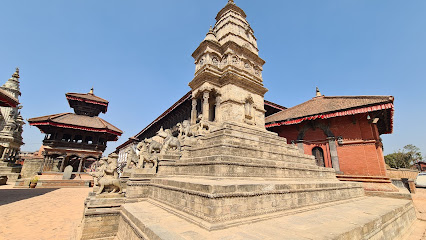
Nagarkot Geodetic Survey Tower
Discover stunning views of the Himalayas and Kathmandu Valley from the Nagarkot Geodetic Survey Tower, a top destination for breathtaking landscapes.

Nyatapola Temple
Explore Nyatapola Temple, a stunning five-story pagoda in Bhaktapur, showcasing Newar architecture and rich cultural traditions.
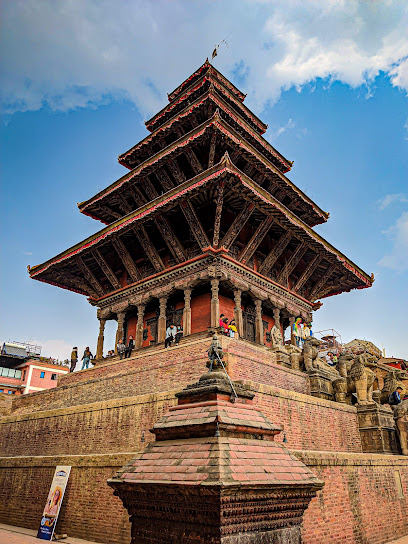
Hotel Country Villa
Discover the tranquil beauty of Nagarkot at Hotel Country Villa, where luxury meets nature in a breathtaking Himalayan setting.
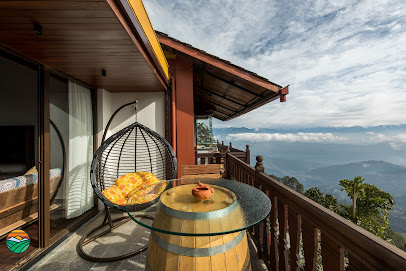
Kailashnath Mahadev Statue
Explore the stunning Kailashnath Mahadev Statue in Suryabinayak, a breathtaking symbol of spirituality and artistry in the heart of Nepal.
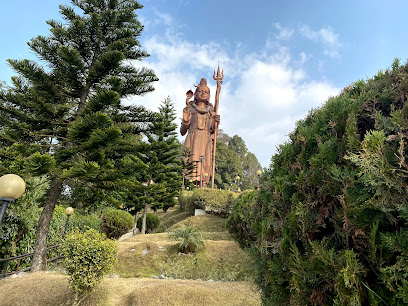
55 Window Palace
Experience the grandeur of Bhaktapur's 55 Window Palace, a historical landmark showcasing exquisite architecture and a rich cultural heritage.

Vajrayogini Temple
Experience the spiritual serenity of Vajrayogini Temple, a stunning Buddhist site in Kageshwori Manohara with breathtaking views and rich cultural heritage.
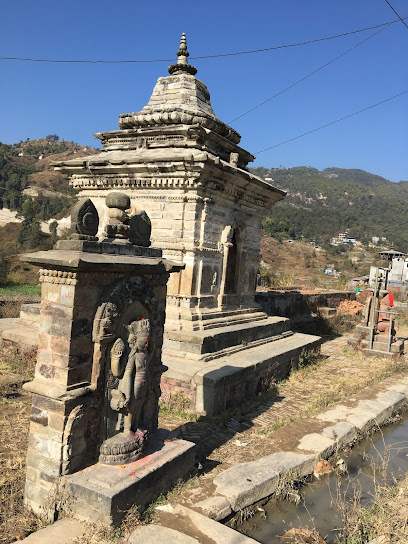
The Hotel at the End of the Universe
Experience tranquility and breathtaking views at The Hotel at the End of the Universe in Nagarkot, your perfect Himalayan getaway.

Peaceful Cottage & Café du Mont
Discover the tranquility of Peaceful Cottage & Café du Mont in Nagarkot, where stunning views and authentic Nepali cuisine await.
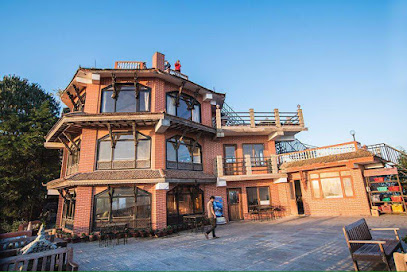
The Fort Resort, Nagarkot
Experience the natural beauty and serene luxury of The Fort Resort in Nagarkot, your gateway to the majestic Himalayas.

Everest Manla Resort
Discover tranquility and stunning Himalayan views at Everest Manla Resort, your perfect getaway in Nagarkot, Nepal.
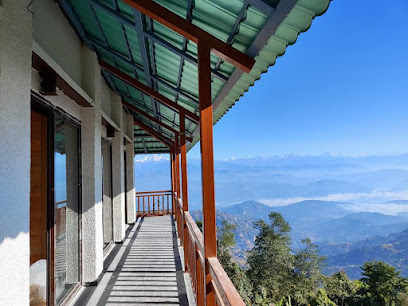
Nagarkot Waterfall
Explore the tranquil beauty of Nagarkot Waterfall, a stunning natural attraction surrounded by lush greenery and breathtaking Himalayan views.
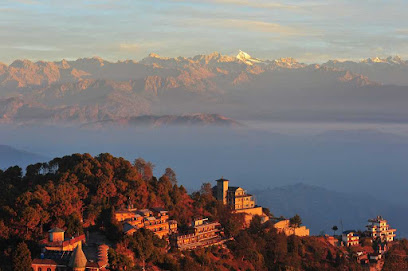
Buddha Peace Park
Discover tranquility and breathtaking views at Buddha Peace Park, a serene escape in the heart of Nagarkot.
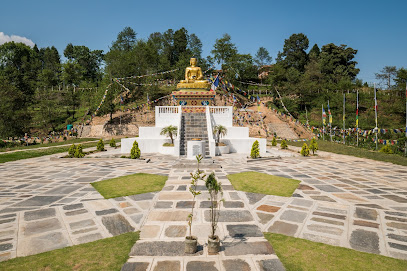
Nagarkot trekkers inn homestay
Experience the charm and tranquility of Nagarkot at Trekkers Inn Homestay, your perfect escape into nature and local culture.
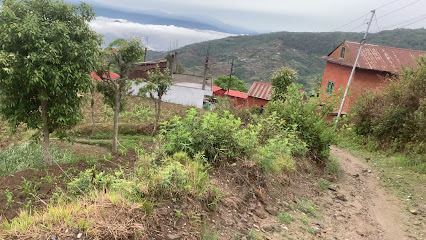
Nagarkot Panoramic Sunrise view point
Experience the stunning beauty of the Himalayan sunrise at Nagarkot Panoramic View Point, a must-visit destination for nature lovers in Nepal.
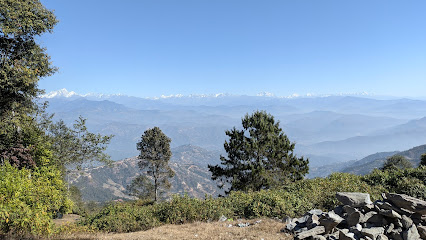
Unmissable attractions to see
Pashupatinath Temple
Discover the spiritual essence of Nepal at Pashupatinath Temple, a UNESCO World Heritage site and a vibrant center of Hindu culture and worship.
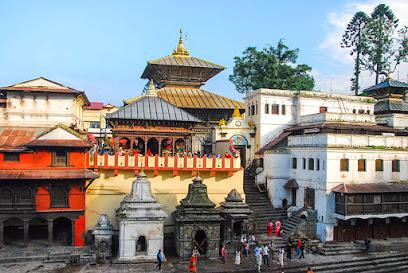
Kathmandu Durbar Square
Explore Kathmandu Durbar Square, a UNESCO World Heritage Site rich in history, culture, and stunning architecture at the heart of Kathmandu.
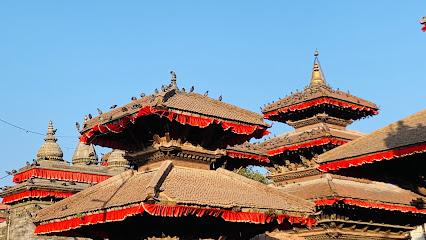
Patan Darbar Square
Explore the architectural marvels and vibrant culture of Patan Darbar Square, a UNESCO World Heritage Site in Lalitpur, Nepal.
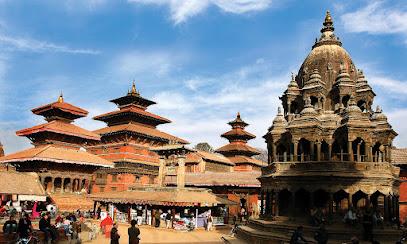
Bhaktapur Durbar Square
Discover the vibrant history and stunning architecture of Bhaktapur Durbar Square, a UNESCO World Heritage Site in Nepal.
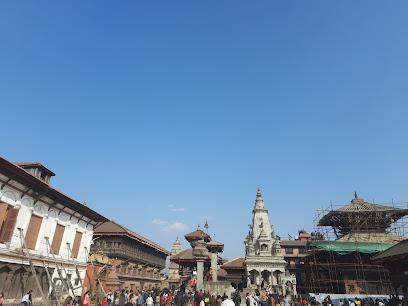
Buddha Stupa
Discover the spiritual heart of Kathmandu at the iconic Buddha Stupa, a UNESCO World Heritage Site brimming with cultural heritage and serene beauty.
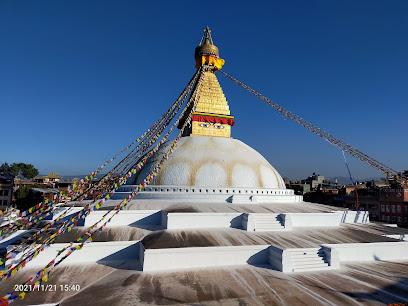
Swoyambhu Mahachaitya
Explore the spiritual heart of Kathmandu at Swoyambhu Mahachaitya, a breathtaking Buddhist stupa with panoramic views and rich history.
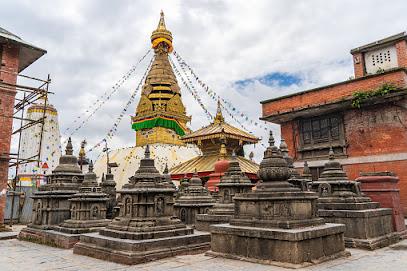
Ratna Park
Discover the lush serenity of Ratna Park, a green oasis in Kathmandu perfect for relaxation, cultural experiences, and scenic strolls.
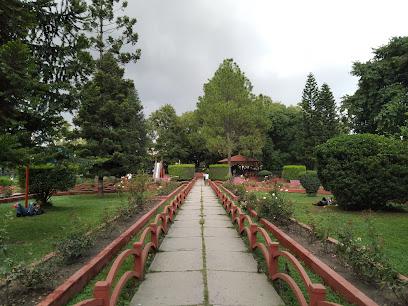
Garden of Dreams
Discover the serene beauty of the Garden of Dreams, a historic oasis in the heart of Kathmandu, ideal for relaxation and cultural immersion.
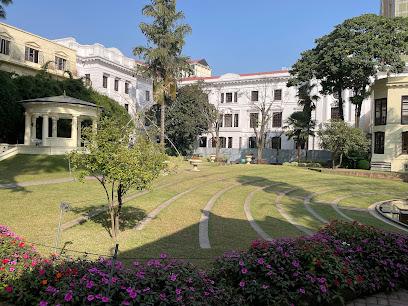
Budhanilkantha Temple
Explore the serene Budhanilkantha Temple, home to the majestic reclining statue of Lord Vishnu, set against the stunning backdrop of Shivalk Hills.
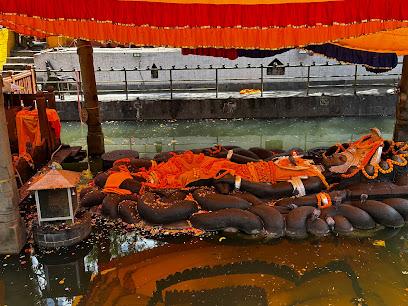
Chandragiri Cable Car Top Station
Experience breathtaking views and spiritual serenity at the Chandragiri Cable Car Top Station, a perfect blend of adventure and culture in Nepal.

Krishna Mandir
Explore the intricate beauty and spiritual essence of Krishna Mandir, a must-visit Hindu temple in Lalitpur, Nepal, rich in history and culture.
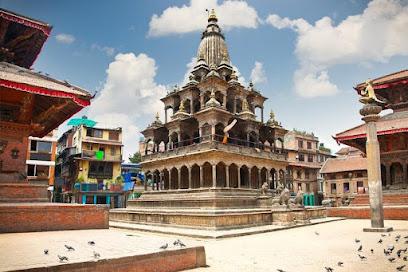
Swayambhu Buddha Park - Ring Road
Explore the enchanting Swayambhu Buddha Park in Kathmandu, where spirituality meets stunning natural beauty in a serene environment.
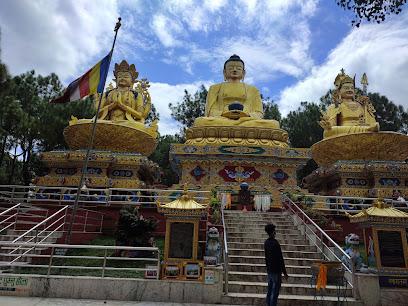
Central Zoo
Explore Central Zoo in Lalitpur, a vibrant wildlife haven offering diverse animal exhibits and educational experiences for all ages.
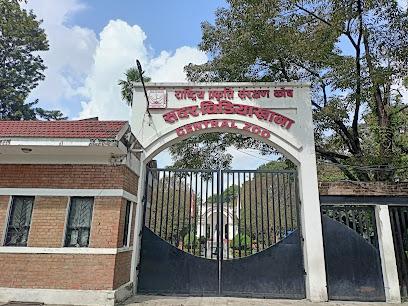
Narayanhiti Royal Palace
Explore the rich heritage and grandeur of Narayanhiti Royal Palace, a captivating museum showcasing Nepal's royal history and architectural beauty.
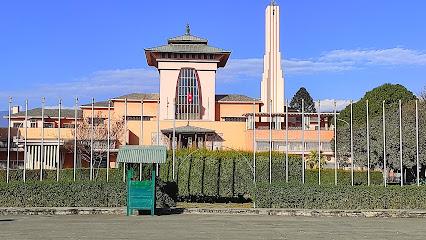
Guhyeshwari Shaktipeeth Temple
Experience the divine ambiance of Guhyeshwari Shaktipeeth Temple, a sacred site in Kathmandu, Nepal, rich in culture and spirituality.

Essential places to dine
Hotel Country Villa
Experience unparalleled comfort at Hotel Country Villa, your gateway to the majestic Himalayas with exceptional dining and wellness options.
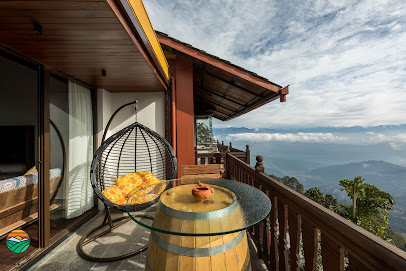
Peaceful Cottage & Café du Mont
Discover tranquility at Peaceful Cottage & Café du Mont – your perfect getaway in Nagarkot with stunning views and authentic Nepalese cuisine.
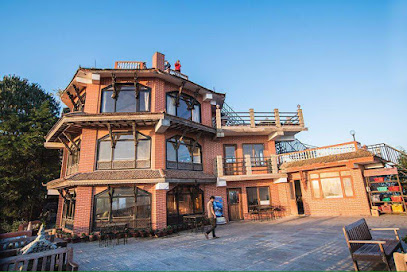
Hotel Everest Window View
Experience unparalleled mountain views and serene hospitality at Hotel Everest Window View in Nagarkot.
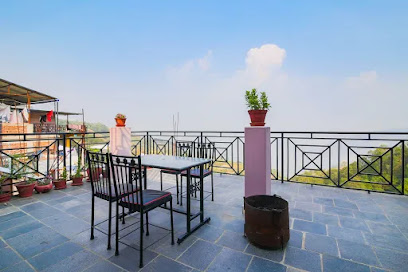
Coffeeshop Restaurant and Bar
Discover the charm of Coffeeshop Restaurant and Bar in Bageshwori – where delightful cuisine meets stunning views along Nagarkot Road.
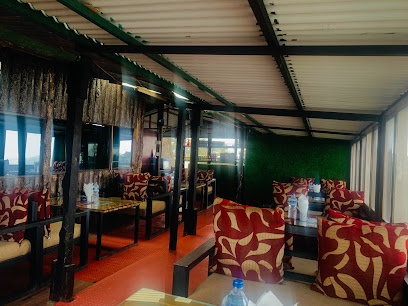
Mandapgiri Restaurant
Experience authentic Nepali cuisine amidst breathtaking views at Mandapgiri Restaurant in Nagarkot.
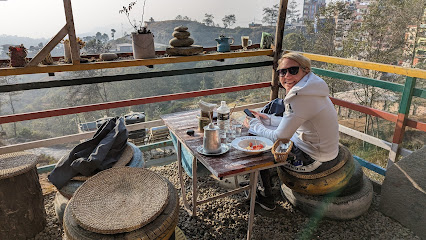
Hawa Ghar
Savor authentic Nepalese flavors in a serene setting at Hawa Ghar – your gateway to traditional dining in Nagarkot.
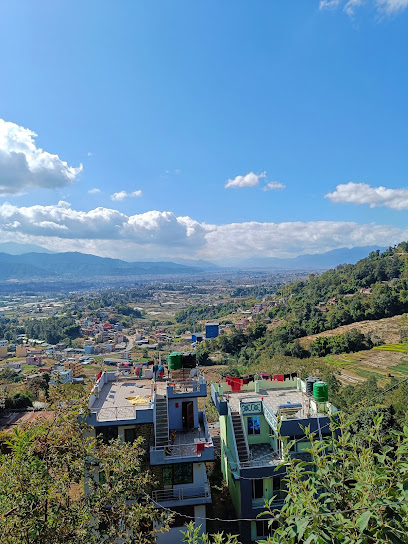
Everest Family Restaurant
Experience authentic Nepali cuisine with breathtaking Himalayan views at Everest Family Restaurant in Nagarkot.

Nagarkot Turning View Point Restaurant
Discover stunning views and delectable cuisine at Nagarkot Turning View Point Restaurant amidst Nepal's majestic hills.
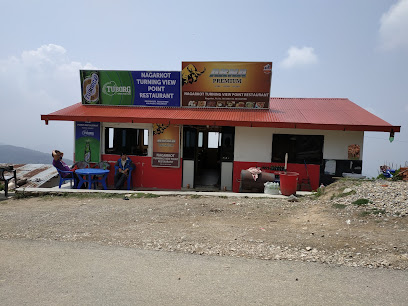
Noritake Sunset View Restaurant
Experience exquisite dining at Noritake Sunset View Restaurant in Nagarkot, where every meal is paired with breathtaking sunset views.
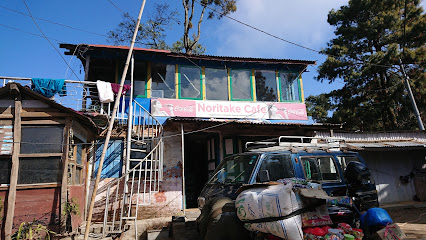
Hotel Atithi Satkar Pvt. Ltd.
Discover the perfect blend of comfort and local flavors at Hotel Atithi Satkar, your go-to destination in Mahamanjushree Nagarkot.
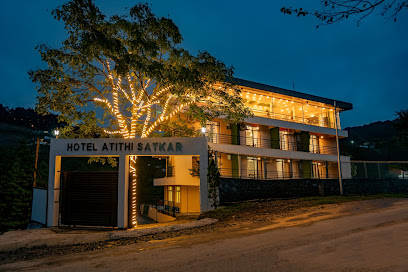
Sunset Chautari Restaurant Nagarkot
Experience authentic Nepali cuisine while enjoying breathtaking sunset views at Sunset Chautari Restaurant in Nagarkot.
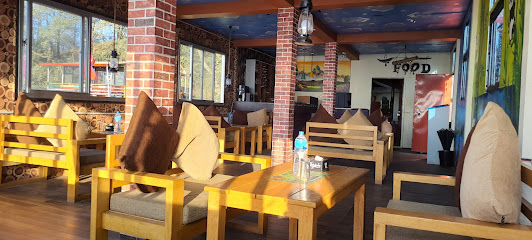
Releaf Restro
Discover the authentic flavors of Nepal at Releaf Restro in Bhaktapur – where every dish tells a story.
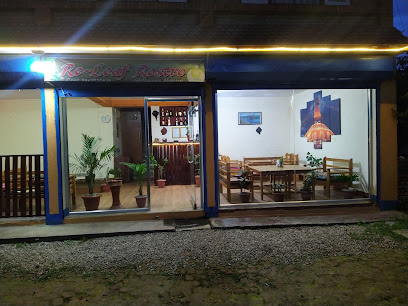
Jimbu Thakali bhansa ghar Nagarkot जिम्बु थकाली भान्छा घर नगरकोट
Experience authentic Thakali cuisine amidst breathtaking views at Jimbu Thakali Bhansa Ghar in Nagarkot.
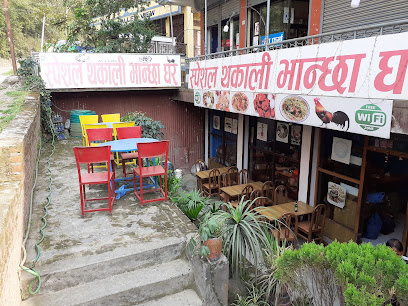
Banchare Cafe
Discover the charm of Banchare Cafe in Mahamanjushree Nagarkot - where local flavors meet breathtaking mountain views.
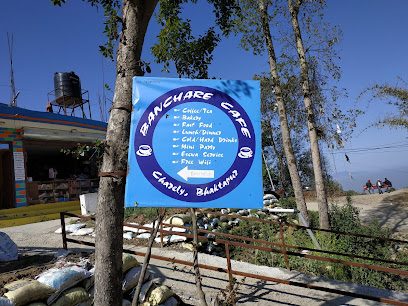
के के खाजा घर
Savor authentic Nepali cuisine at के के खाजा घर in Mahamanjushree Nagarkot - where flavors meet hospitality in a picturesque setting.

Markets, malls and hidden boutiques
The majhi khaja ghar
Experience the serene charm of The Majhi Khaja Ghar, a coffee lover's paradise nestled in the breathtaking hills of Nagarkot.
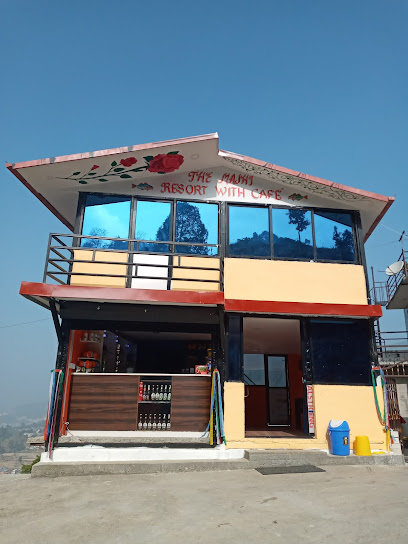
How Romantic General Store
Discover local treasures at How Romantic General Store in Nagarkot, where unique souvenirs and breathtaking Himalayan views await every traveler.
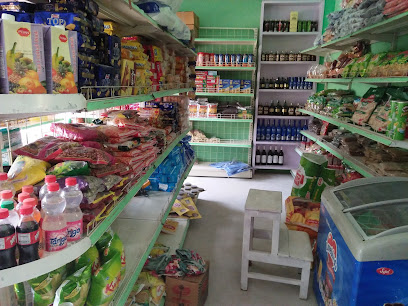
Surendra Kirana Store
Discover the vibrant Surendra Kirana Store in Bhaktapur, where fresh produce meets local culture in a bustling market atmosphere.
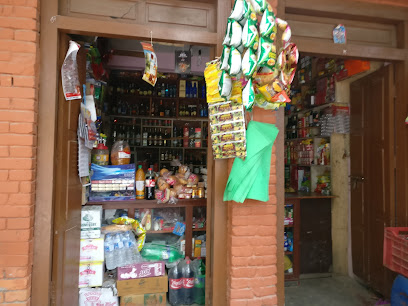
Dhruba Kirana Store
Explore the vibrant flavors of Nepal at Dhruba Kirana Store, your go-to grocery destination in Mahamanjushree Nagarkot.
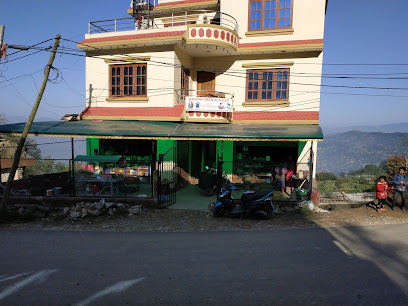
Pandit Store and Hardware
Discover the essence of Nagarkot at Pandit Store and Hardware, where local culture and essential supplies meet.

Sandhya Hardware Pvt. Ltd.
Discover essential tools and friendly service at Sandhya Hardware Pvt. Ltd., your reliable hardware store in the scenic Nagarkot region.

M&K Royal Cosmetics & Gifts
Discover beauty and unique gifts at M&K Royal Cosmetics & Gifts in Mahamanjushree Nagarkot, where quality meets local craftsmanship.
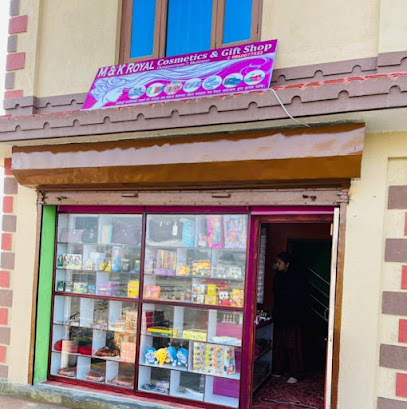
Balram Store
Discover Balram Store in Nagarkot: Your destination for unique local goods and authentic shopping experiences amidst stunning Himalayan views.
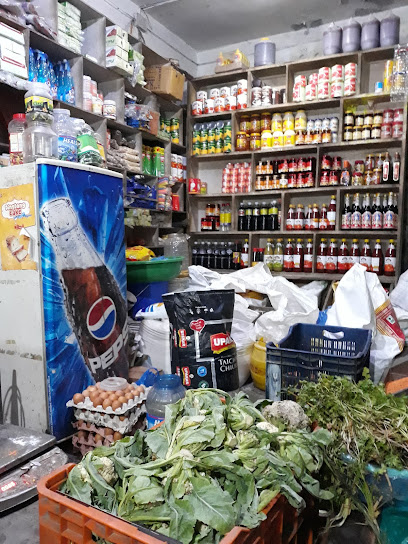
How romantic Chowk
Explore How Romantic Chowk in Changunarayan for unique home goods and a taste of authentic Nepalese craftsmanship.
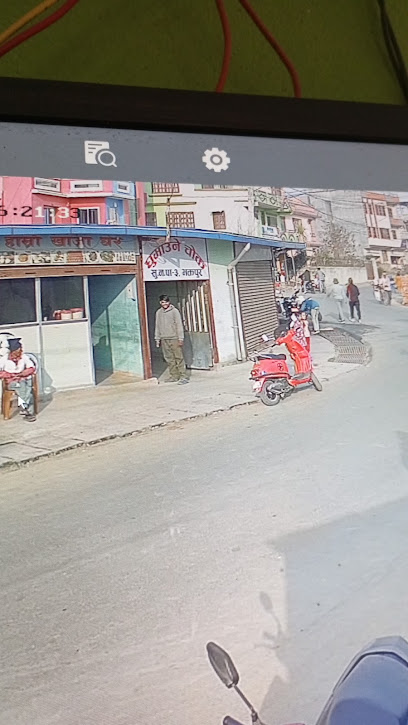
Muskan Fancy Store
Explore the vibrant styles and unique clothing at Muskan Fancy Store in the heart of Nagarkot, where tradition meets contemporary fashion.

Dhakal Kirana Store
Discover authentic Nepalese goods and local charm at Dhakal Kirana Store in scenic Nagarkot, a perfect stop for tourists.

Subhadra kirana and fancy store
Discover the local flavors and essentials at Subhadra Kirana and Fancy Store in the heart of Bhaktapur, offering a unique shopping experience.
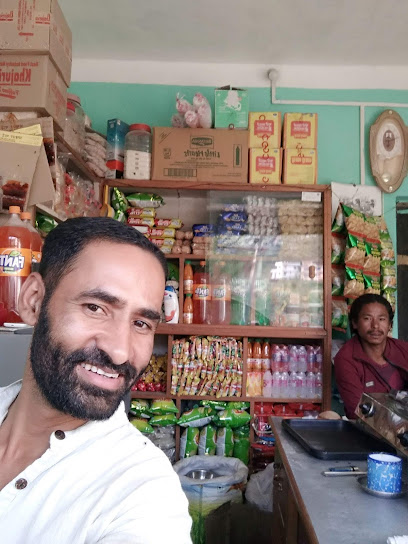
सुरेन्द्र किराना पसल
Discover local flavors and essentials at Suranendra Kirana Pasal, your go-to grocery store in Mahamanjushree Nagarkot.
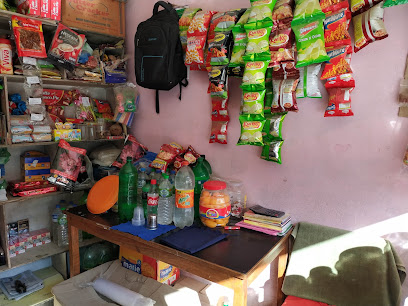
Aaris Khaja Ghar
Experience the authentic taste of Nepalese cuisine at Aaris Khaja Ghar, a hidden gem in Mahamanjushree Nagarkot.
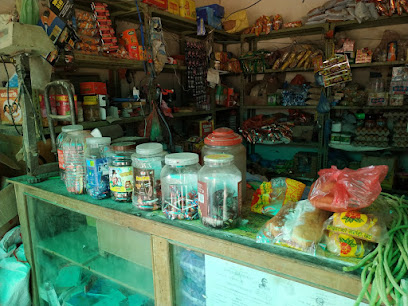
Aryal store
Explore Aryal Store in Bhaktapur for authentic Nepali crafts, textiles, and souvenirs that capture the essence of Nepal's rich cultural heritage.
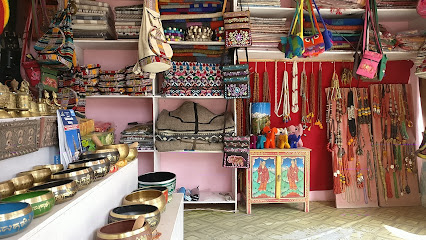
Essential bars & hidden hideouts
Hotel Country Villa
Discover the serene beauty of Nagarkot at Hotel Country Villa, where luxury meets nature in a breathtaking Himalayan setting.
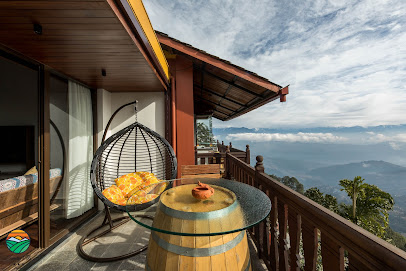
Peaceful Cottage & Café du Mont
Experience the serene beauty of Nagarkot at Peaceful Cottage & Café du Mont, a perfect blend of comfort, nature, and authentic Nepalese cuisine.
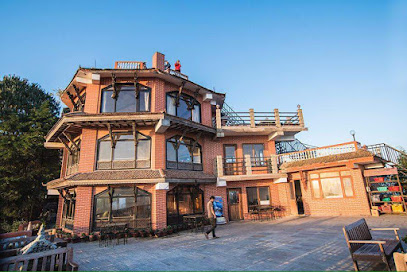
Coffeeshop Restaurant and Bar
Discover the perfect blend of local flavors and international cuisine at Coffeeshop Restaurant and Bar, your cozy retreat in Nagarkot.
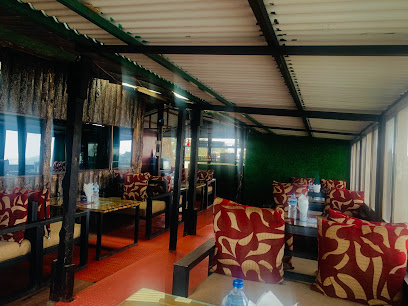
The Garuda Bar
Discover the charm of Bhaktapur at The Garuda Bar, where stunning views meet exquisite flavors in a vibrant setting.
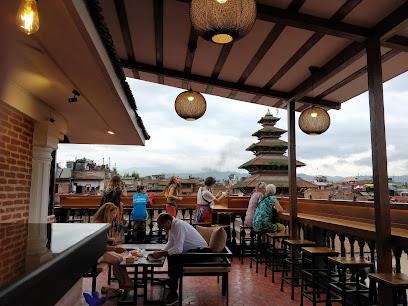
Café Fresco Restaurant & Bar
Discover the flavors of Bhaktapur at Café Fresco Restaurant & Bar, where diverse cuisines meet a warm and inviting atmosphere.
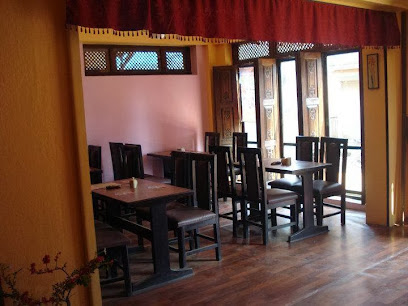
Mandapgiri Restaurant
Discover the flavors of Nepal at Mandapgiri Restaurant, a hidden gem in Nagarkot offering stunning views and authentic culinary experiences.

Hotel Atithi Satkar Pvt. Ltd.
Discover serene mountain views and authentic Nepali flavors at Hotel Atithi Satkar Pvt. Ltd. in Nagarkot.

Sunset Chautari Restaurant Nagarkot
Experience the enchanting flavors of Nepal with breathtaking Himalayan views at Sunset Chautari Restaurant in Nagarkot.
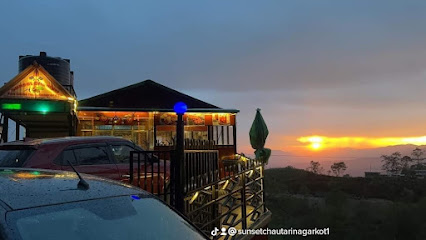
Jimbu Thakali bhansa ghar Nagarkot जिम्बु थकाली भान्छा घर नगरकोट
Experience authentic Thakali cuisine amidst the breathtaking views of Nagarkot at Jimbu Thakali Bhansa Ghar, a local culinary treasure.
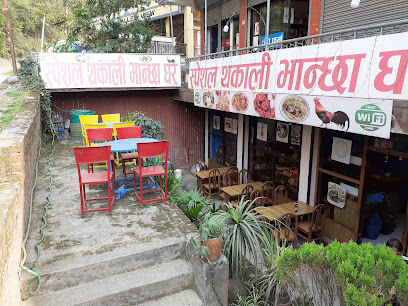
The Buckwheat Food And Beverage Dining
Experience the perfect blend of local flavors and stunning views at The Buckwheat Food And Beverage Dining in beautiful Nagarkot.
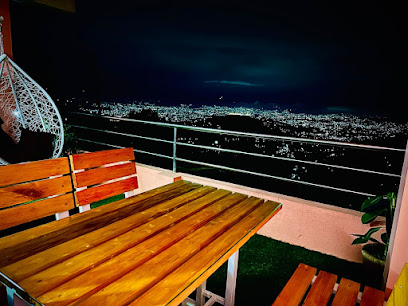
ALIEN RESTRO & BAR
Savor the unique flavors of Nepal at Alien Restro & Bar, where stunning views meet delightful dishes in Mahamanjushree Nagarkot.
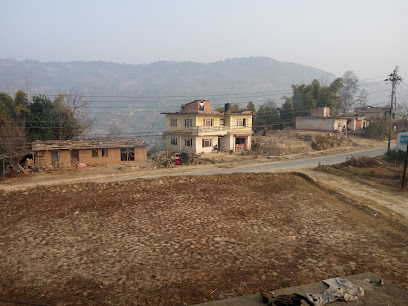
Ghising cafe & Bar
Experience the charm of Baluwapati Deupur at Ghising Cafe & Bar, where local flavors meet a cozy ambiance, perfect for relaxation and socializing.
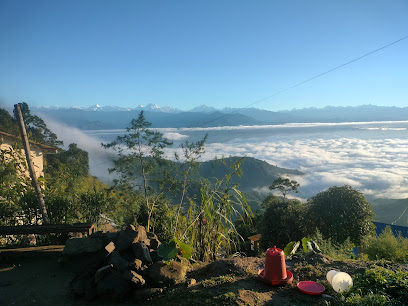
Khwopa Alco Trade
Experience local culture and flavors at Khwopa Alco Trade, a charming bar in the heart of Bhaktapur, Nepal.
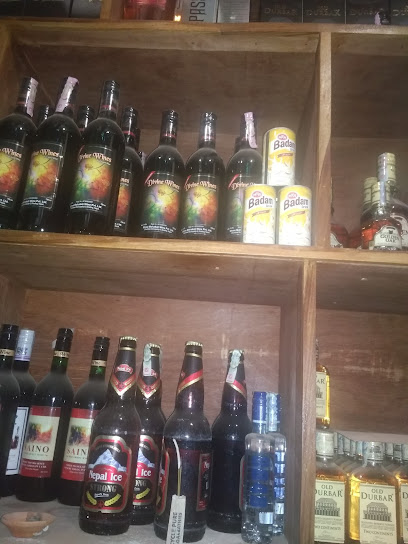
Nagrnakut
Discover the tranquil charm of Nagrnakut, a serene bar in Mahamanjushree Nagarkot, perfect for unwinding with stunning views and delightful drinks.

Mongolian Wave Restro And Bar
Discover the flavors of Mongolia amidst the serene landscapes of Nagarkot at Mongolian Wave Restro And Bar.
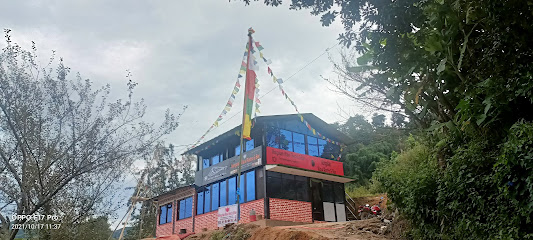
Local Phrases
-
- Helloनमस्ते
[Namaste] - Goodbyeफेरि भेटौं
[Phiri bhetau] - Yesहो
[Ho] - Noहोइन
[Hoin] - Please/You're welcomeकृपया
[Kripya] - Thank youधन्यवाद
[Dhanyabad] - Excuse me/Sorryमाफ गर्नुहोस्
[Maaf garnuhos] - How are you?तपाईंलाई कस्तो छ?
[Tapailai kasto cha?] - Fine. And you?राम्रो छ। तपाईंलाई?
[Ramro cha. Tapailai?] - Do you speak English?तपाईंले अंग्रेजी बोल्नुहुन्छ?
[Tapainle angreji bolnuhuncha?] - I don't understandमलाई सम्झिएन
[Malai samjhiena]
- Helloनमस्ते
-
- I'd like to see the menu, pleaseकृपया मेनु हेर्न चाहन्छु
[Kripya menu hernu chahanchu] - I don't eat meatम मासु खाँदिन
[Ma masu khandina] - Cheers!चियर्स!
[Cheers!] - I would like to pay, pleaseकृपया भुक्तानी गर्न चाहन्छु
[Kripya bhuktani garn chahanchu]
- I'd like to see the menu, pleaseकृपया मेनु हेर्न चाहन्छु
-
- Help!मदद गर्नुहोस्!
[Madad garnuhos!] - Go away!दूर हाजिर गर!
[Dur hajir gar!] - Call the Police!प्रहरीलाई बोलाउनुहोस्!
[Prahari lai bolaunuhos!] - Call a doctor!डाक्टरलाई बोलाउनुहोस्!
[Doctor lai bolaunuhos!] - I'm lostम खोइएको छु
[Ma khoieko chu] - I'm illम बिरामी छु
[Ma birami chu]
- Help!मदद गर्नुहोस्!
-
- I'd like to buy...म खरीद गर्न चाहन्छु...
[Ma kharid garn chahanchu...] - I'm just lookingम फेरि हेर्दैछु
[Ma pheri herdai chu] - How much is it?यो कति हो?
[Yo kati ho?] - That's too expensiveयो धेरै महँगो छ
[Yo dherai mahango cha] - Can you lower the price?के तपाईं मुल्य हाल्न सक्छिन्?
[Ke tapain mulya halna sakchin?]
- I'd like to buy...म खरीद गर्न चाहन्छु...
-
- What time is it?कति बजे भएको छ?
[Kati baje bhaeko cha?] - It's one o'clockएक बजे भएको छ
[Ek baje bhaeko cha] - Half past (10)(१०) को अर्धा गएको छ
[(10) ko ardha gayeko cha] - Morningबिहान
[Bihaan] - Afternoonदिउँसो
[Diunso] - Eveningसाँझ
[Saanjh] - Yesterdayहिजो
[Hijo] - Todayआज
[Aaj] - Tomorrowभोलि
[Bholi] - 1एक
[Ek] - 2दुई
[Dui] - 3तीन
[Tin] - 4चार
[Char] - 5पाँच
[Paanch] - 6छ
[Chha] - 7सात
[Saath] - 8आठ
[Aath] - 9नौ
[Nau] - 10दस
[Das]
- What time is it?कति बजे भएको छ?
-
- Where's a/the...?...कहाँ छ?
[...Kaha cha?] - What's the address?ठेगाना के हो?
[Thegana ke ho?] - Can you show me (on the map)?के तपाईं मलाई देखाउन सक्छिनुहुन्छ (नक्सामा)?
[Ke tapain malai dekhaun sakchinhuncah (naksama)?] - When's the next (bus)?अर्को (बस) कहाँ जान्छ?
[Arko (bas) kaha janch?] - A ticket (to ....)तस्वीर (....) लागि
[Tasvir (...) lagi]
- Where's a/the...?...कहाँ छ?
History of Nagarkot
-
Nagarkot, perched at an altitude of 2,175 meters above sea level, has long been a strategic vantage point. Historically, it served as a fort to monitor the external activities of other kingdoms. Its name, 'Nagarkot', is derived from 'Nagar' meaning city and 'Kot' meaning fort. The ancient fortifications once established by the Malla rulers of Bhaktapur provided a lookout over the Kathmandu Valley and the Himalayas, ensuring the safety and security of the region.
-
During the medieval period, Nagarkot became an integral part of the Malla kingdom. The Malla rulers, known for their architectural prowess, established several temples and palaces in the region. Though much of the medieval architecture has been lost to time, the influence of the Malla dynasty remains palpable in the cultural fabric of Nagarkot. The strategic importance of the area continued to grow as it became a retreat for the Malla kings, who sought solace and strategic advantage from its heights.
-
In the late 18th century, Prithvi Narayan Shah, the founder of modern Nepal, recognized the strategic importance of Nagarkot. During his campaign to unify Nepal, he used the region as a military outpost. The Shah dynasty maintained the fortifications and utilized Nagarkot to oversee the Kathmandu Valley. This period marked Nagarkot’s transition from a strategic fort to a serene retreat, blending its military history with the natural beauty that began attracting visitors.
-
Nagarkot is not just a site of historical importance but also a place of cultural and religious reverence. The region hosts numerous temples and shrines that date back centuries. One of the most notable is the Mahadev Pokhari Temple, dedicated to Lord Shiva, attracting devotees from far and wide. The annual festivals and rituals performed here encapsulate the rich cultural heritage of the region, making Nagarkot a vibrant tapestry of Nepalese traditions.
-
In the 20th century, Nagarkot’s appeal transformed from a strategic outpost to a tourist haven. Its panoramic views of the Himalayas, including Mount Everest on clear days, drew both domestic and international tourists. The development of infrastructure, including roads and hotels, began in earnest in the 1970s, turning Nagarkot into a premier destination for nature lovers and adventure seekers. Today, it is renowned for its breathtaking sunrise and sunset views, trekking routes, and as a peaceful retreat from the bustle of Kathmandu.
Nagarkot Essentials
-
Nagarkot is located approximately 32 kilometers east of Kathmandu, Nepal's capital. The most convenient way to reach Nagarkot is by road. You can hire a private taxi from Kathmandu, which typically takes around 1.5 to 2 hours. Alternatively, there are public buses and microbuses that run from Kathmandu's Ratna Park Bus Station to Bhaktapur, and from Bhaktapur, you can catch another bus or hire a taxi to Nagarkot. For a more scenic and adventurous route, you can also opt for a guided hike from Bhaktapur to Nagarkot, which takes about 4 to 5 hours.
-
Nagarkot is a small hill station, and most of its attractions are accessible by foot. For longer distances within the town or to nearby villages, local taxis and jeeps are available. Renting a bicycle is also a popular option for exploring the area at your own pace. Public buses are infrequent but can be used to travel to and from nearby towns like Bhaktapur and Kathmandu.
-
The official currency in Nepal is the Nepalese Rupee (NPR). Credit cards are accepted in some hotels and larger restaurants, but it is advisable to carry cash, especially in smaller establishments and local markets. ATMs are available in Nagarkot, but their reliability can vary. It is a good idea to withdraw sufficient cash in Kathmandu or Bhaktapur before traveling to Nagarkot.
-
Nagarkot is generally a safe destination for tourists. However, like any travel destination, it is advisable to take standard precautions. Avoid walking alone at night in unfamiliar areas and keep an eye on your belongings in crowded places. There are no specific high-crime areas targeting tourists in Nagarkot, but it is always best to stay vigilant and aware of your surroundings.
-
In case of emergency, dial 100 for police assistance or 102 for medical emergencies. Nagarkot has a few medical clinics and pharmacies for minor health issues, but for more serious medical attention, you may need to travel to Kathmandu. It is highly recommended to have travel insurance that covers medical emergencies and evacuation.
-
Fashion: Do dress modestly and comfortably. Avoid wearing revealing clothing, especially when visiting religious sites. Religion: Do respect local customs and traditions. Remove your shoes and cover your head when entering temples and religious sites. Public Transport: Do be respectful and give up your seat to elderly passengers. Don't eat or drink on public transport. Greetings: Do greet people with a 'Namaste' (a slight bow with your palms together). Eating & Drinking: Do try local dishes and accept food offerings graciously. Don't refuse hospitality, as it is considered impolite.
-
To experience Nagarkot like a local, consider staying in a homestay where you can immerse yourself in the local culture and traditions. Visit the Nagarkot View Tower for stunning panoramic views of the Himalayas, especially during sunrise and sunset. Engage with locals, as they are often friendly and willing to share stories about the area's history and culture. Don't miss the opportunity to hike the various trails around Nagarkot, which offer breathtaking views and a chance to experience the natural beauty up close.
Trending Landmark in Nagarkot
-
Bhaktapur Durbar Square
-
Nagarkot Geodetic Survey Tower
-
Nyatapola Temple
-
Hotel Country Villa
-
Kailashnath Mahadev Statue
-
55 Window Palace
-
Vajrayogini Temple
-
The Hotel at the End of the Universe
-
Peaceful Cottage & Café du Mont
-
The Fort Resort, Nagarkot
-
Everest Manla Resort
-
Nagarkot Waterfall
-
Buddha Peace Park
-
Nagarkot trekkers inn homestay
-
Nagarkot Panoramic Sunrise view point
Nearby Cities to Nagarkot
-
Things To Do in Bhaktapur
-
Things To Do in Kathmandu
-
Things To Do in Patan
-
Things To Do in Gorkha
-
Things To Do in Bandipur
-
Things To Do in Chitwan
-
Things To Do in Namche Bazaar
-
Things To Do in Pokhara
-
Things To Do in Patna
-
Things To Do in Lumbini
-
Things To Do in Darjeeling
-
Things To Do in Siliguri
-
Things To Do in Gangtok
-
Things To Do in Varanasi
-
Things To Do in Paro










